I'm sure we've all run in to the following situation:
Here, I need to connect pin 1 and 2 on the left to pin 1 and 2 on the right, and vice versa with pin 2.
I've considered a few options, however all seem to have some downsides:
Connecting using labels:
The problem with this approach is that there's isn't always a clear name for every pin, and that it does not immediately tell that the pins don't connect anywhere else on the schematic.
Connecting by crossing the wires:
I really dislike this approach, since it both is very unsymmetrical and also looks very reminiscent of a swastika.
Crossing diagonally:
This approach works, but it does look slightly ugly in my opinion as schematics usually only consists of vertical and horizontal lines. Also, not all CADs support diagonal wires by default - in KiCAD you need to enable an option for it, and I'm not even sure you can do it in Eagle.
My question is, which of these approaches would be the "best practice" to create professional looking schematics? Are there any other approaches that would work better than those I've listed?



